
 The Digital Careers Series is supported by Elance, the world’s leading site for online work. Check out Startup Cloud for tips on how to build a remote team.
The Digital Careers Series is supported by Elance, the world’s leading site for online work. Check out Startup Cloud for tips on how to build a remote team.
There might be an assumption that recruiting is easier when unemployment is high, but that’s simply not true. According to
Manpower Group,
52% of employers reported having a difficult time finding qualified employees to fill jobs. Employers cast a wide net when it comes to finding candidates, and remote workers can be attractive to companies because they can fill an opening that’s difficult to place with a local.
It’s more important than ever to ensure that new hires become engaged immediately upon entering their new place of employment through a well-designed onboarding process. Successful onboarding programs aren’t just a paperwork-filled orientation: They create a connection between employees, their work and the goals of the organization. Here are a few best practices from companies that effectively onboard remote workers.
1. Bring the Office to Them
In a traditional office environment, it’s easy to forget what it’s like for a remote employee. Sometimes we take for granted the ability to walk around the corner and ask a quick question.
David Lewis, president and CEO of
OperationsInc, a human resources outsourcing and consulting firm, has several employees who work virtually. He says the key to a successful workplace is creating a way for new hires to experience the office regardless of where they’re located.
“We get them connected with the team, make sure they know who does what and bring the office to them,” Lewis says. “Slides with pictures. Organizational charts. All geared to paint a picture.”
2. Connect Face-to-Face

The ability to connect a face with a voice is an essential part of building relationships. For
Cheezburger, the online humor publisher behind the wildly popular
I Can Has Cheezburger?, the key to success is in building a team culture despite having employees all over the country.
Cheezeburger’s CTO
Scott Porad says they typically bring remote employees to headquarters for the first week, but sometimes that isn’t possible. “We have onboarded several employees remotely,” Porad adds. “We use pair-programming through voice and video conferencing and screen-sharing tools to make this happen.”
Video conferencing also eliminates the stress associated with travel, especially if you’re working for a new company.
Alison Sheehan, senior vice president of human resources at virtual meetings developer
PGi, says it was a no-brainer to embrace remote onboarding: “As a collaboration company that provides virtual meeting tools to business, we took what we know to be effective in face-to-face meetings and applied it to remote onboarding and other HR processes.”
PGi uses a combination of email, video meetings and learning management system (LMS) tools to connect with and onboard remote workers. The cornerstone of its program is a proprietary video conferencing tool,
iMeet. “Using iMeet’s group video capabilities is a great way for us to meet face-to-face in a virtual setting to connect with new hires,” Sheehan explains. “You can make eye contact (or note when others are not), you can observe body language, and you can even use the social media tools within iMeet to learn more about the people with whom you are meeting. This personal interaction strengthens their bond and enhances the synergy of the group — all without ever leaving their home offices.”
3. Teach the Job in Steps
Companies also have to figure out how to show remote workers the technical aspects of the work they will be doing. In a traditional office environment, employees might attend a class or be a part of on-the-job training, but neither are practical choices with remote workers.
Tracy Brisson, founder and CEO of
The Opportunities Project encourages “scaffolding” as an effective learning process. In short, you break up the content into building blocks that are taught in chunks. “When students demonstrate they’ve learned the material and can do it independently, you teach the next step and build upon prior skills and knowledge,” she says.
In an office, a manager can see a new team member performing and provide immediate feedback. Brisson shares the process for virtual workers, too. “You have to know that they can do it on their own without that instant feedback loop,” Brisson explains. “It helps to create a learning plan before the person starts, where job responsibilities are introduced at a slower pace, but the result is faster overall mastery and a great work product.”
4. Evaluate the Process
Any time you create and actively use a process, it’s necessary to evaluate its effectiveness.
Brendon Schrader, founder and CEO of strategic marketing consultancy
Antenna, says his company’s onboarding assessment “is based on one metric: employee satisfaction.”
Antenna worked with enterprise social network
Yammer to create a new onboarding process, largely due to that fact that the platform provides tools to measure each stage of hiring. When asked how employees respond to the remote onboarding experience, Schrader indicated the feedback has been one of their best sources of information. “Our consultants have time and time again expressed their happiness with our process and how the platform helps them stay connected with their colleagues,” Schrader explains. “We may not be sitting across a desk from our employees, but the Yammer platform allows us to redefine how we work together.”
5. Constantly Refine the Process
For many of us, working remotely isn’t a new concept, but the responsibility of onboarding a remote team is. That was the situation for
Sara Sutton Fell, CEO and founder of telework job service
FlexJobs. Fell figured out what worked best for her company through a combination of instinct, trial and error, and feedback from colleagues who already had experience hiring remote workers.
Fell says the most important step when adding a new technology to the onboarding process is test first, then implement. “The more we test a particular technology to see if it meets our needs, the better chance we’ll have of selecting the most appropriate and useful technology,” Fell explains. “And we’re sure to avoid headaches down the road!”
As more organizations recognize the value in telework arrangements, we’ll see more remote workers move from the status of occasional freelancer to full-time employee. Creating an effective, efficient onboarding process will benefit both the new hire and the company.
What advice do you have for companies looking to onboard remote employees? Tell us your thoughts in the comments below.



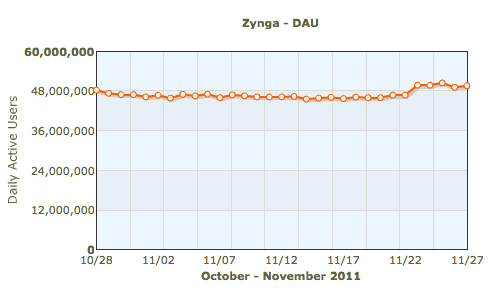
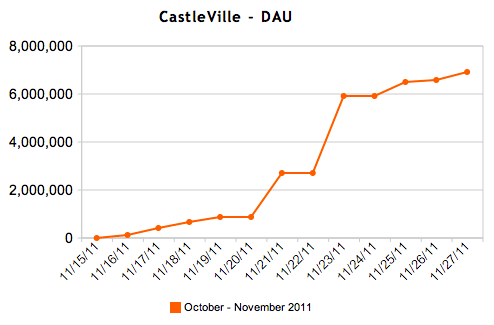
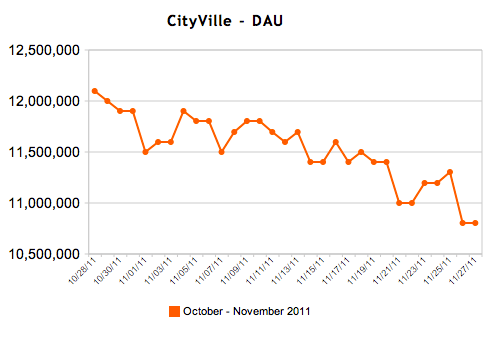
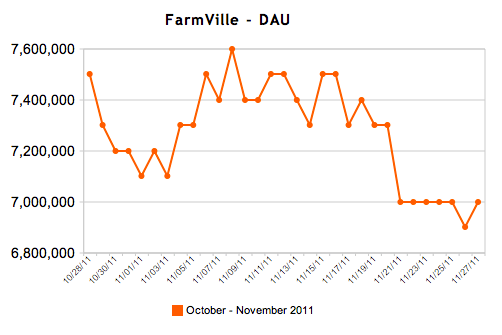

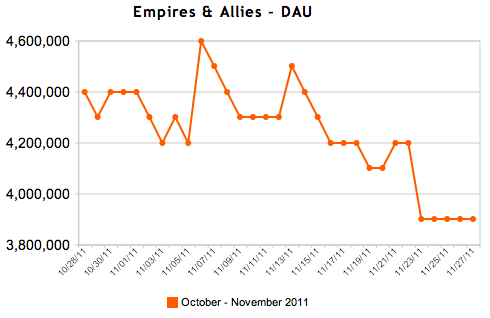


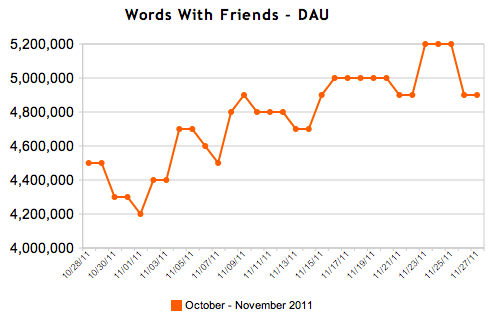




![Happy Birthday Google: Celebrate With All the Anniversary Doodles [PICS]](http://8.mshcdn.com/wp-content/uploads/2011/09/125,googledoodlesbirthdayanniversary.jpg)

![Facebook Timeline: 10 Stunning Designs [PICS]](http://7.mshcdn.com/wp-content/uploads/2011/10/125,creativefacebooktimeline.jpg)









 The Digital Careers Series is supported by Elance, the world’s leading site for online work. Check out Startup Cloud for tips on how to build a remote team.
The Digital Careers Series is supported by Elance, the world’s leading site for online work. Check out Startup Cloud for tips on how to build a remote team.












